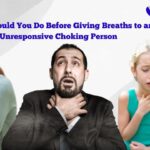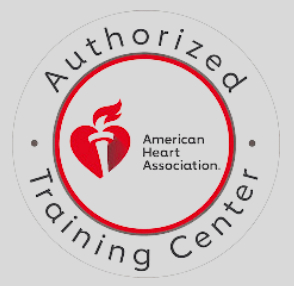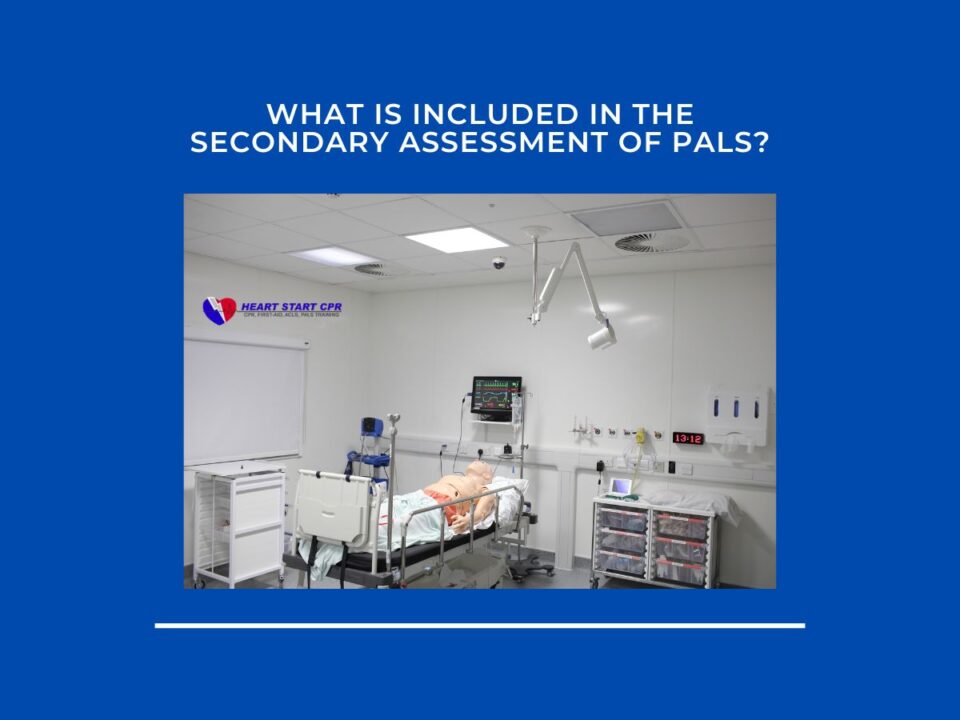
What Should You Do Before Giving Breaths to an Unresponsive Choking Person?
June 4, 2024
What is Recommended to Minimize Interruptions in Compressions When Using Aed
June 7, 2024Anyone can experience a sudden cardiac arrest (SCA), which is when the heart malfunctions and suddenly stops beating unexpectedly. This denies the brain and other vital organs of oxygen-rich blood. An automated external defibrillator (AED) is a portable device that can analyze the heart rhythm of a person in cardiac arrest and deliver an electric shock, also known as defibrillation, if necessary to help the heart re-establish an effective rhythm.
AEDs are designed to be simple and easy to use for the layperson, but there are some special circumstances rescuers should be aware of to ensure the safety of the victim and properly use the AED. In this article, I will explore the special considerations when using an AED by rescuers in an emergency situation.
- The Importance of Scene Safety
- Considerations for Wet or Sweaty Skin
- Victims with Implanted Devices
- Children and Infants
- Hair and Facial Hair Interference
- Piercings and Jewelry
- Pregnancy
The Importance of Scene Safety
Before starting any rescuer care, including use of an AED, it is crucial to ensure the scene is safe. Look around for any hazards like downed power lines, fire, or traffic that could harm you, the victim, or bystanders. If the scene is not safe to approach, call 911 right away for help from emergency medical services (EMS). Only proceed with AED use once EMS has declared the scene is secured.
Safety of the rescuer as well as any bystanders is the top priority even in a life-threatening emergency. Taking a few extra seconds to assess safety could prevent further harm and allow you to provide help effectively. Always remember – your health and safety come first so you can help the victim.
Considerations for Wet or Sweaty Skin
Ideally, you want the victim’s bare skin (chest area) to be clean, dry, and hairless for good AED pad contact. However, it’s not always practical to remove all clothes or towel dry in an emergency.
If the skin is wet, sweaty, or the victim was submerged in water, the AED may advise a shock is not advised or delay analysis due to imperfect electrode contact. In these cases, proceed with pad application anyway since the benefits outweigh the risks. Just be aware a shock may not be delivered depending on heart rhythm.
Victims with Implanted Devices
A key consideration is whether the victim has an implanted cardiac device like a pacemaker. AEDs can safely be used on pacemaker patients as the devices are designed to withstand shocks. However, the AED may not advise a shock depending on the rhythm.
For implanted defibrillators which can also shock the heart, the AED will likely not advise a shock. But you should still continue CPR until EMS takes over care. The defibrillator inside the patient is best equipped to treat abnormal rhythms.
Be sure to notify EMS about any implanted devices. They can assist with evaluating if continuing care with the AED is appropriate or if other treatments are needed instead.
Children and Infants
AED pads and protocols are designed differently for children (under 8 years old) and infants (under 1 year old). When using an AED on a child, ensure pediatric pads are attached if available. Follow the AED and pad prompts carefully as shock energy levels are lower for kids.
For infants, perform CPR until EMS arrives with specialized pediatric equipment. Most public-access AEDs will not advise a shock for children under 1 year old due to the risk of injury from high energy levels. CPR alone buys critical time until advanced life support can take over care.
Hair and Facial Hair Interference
Excess body hair or facial hair (beards, mustaches) can possibly interfere with good pad contact by acting as an insulating barrier. Shaving is usually not necessary or practical during an emergency.
Simply press down firmly on the AED pads and follow the device instructions. It can still analyze the heart rhythm and deliver therapy if needed despite some hair interference. The benefits outweigh doing nothing until EMS arrives while a shockable rhythm could be present.
Piercings and Jewelry
Body piercings pose little risk of interfering with AED use unless metal jewelry passes directly under where the pads will be placed. Remove any piercings easily accessible without greatly delaying care. If removal will take too long, proceed with pad application and shock delivery.
The AED is designed to analyze through some interference. However, it’s best to remove what you can quickly like wristwatches, buttons etc. to optimize electrical flow for effective shock therapy as needed.
Pregnancy
Treating cardiac arrest victims who are pregnant follows the same AED use and CPR procedures as non-pregnant adults. The health of the mother takes priority in an emergency situation and CPR plus early defibrillation via AED substantially increases chances of survival for both mother and baby.
The AED will safely analyze and deliver a shock if indicated even over the pregnant belly. Just place pads in standard positions and push firmly. EMS can then take over ongoing specialist care as needed.
In Summary
AEDs have been designed for simple, barrier-free operation during emergencies. While some special circumstances require awareness, rescuers should focus on responding immediately with CPR and deploying the nearest AED without delay. The benefits of early defibrillation far outweigh concerns over minor impediments that the device can overcome. Prompt action saves lives!






